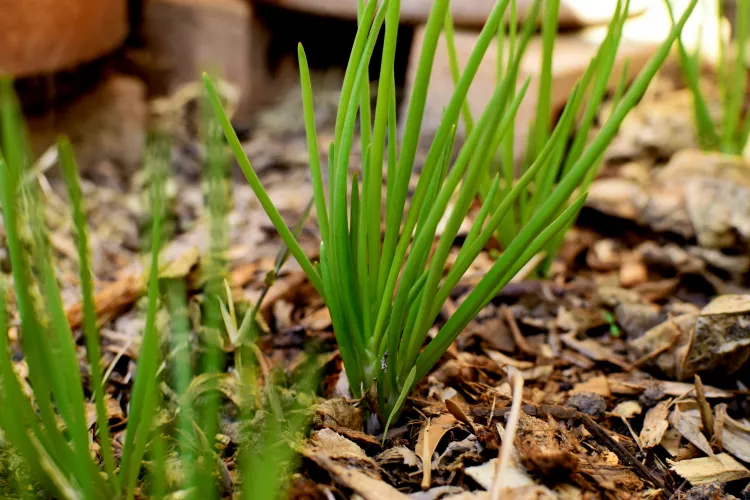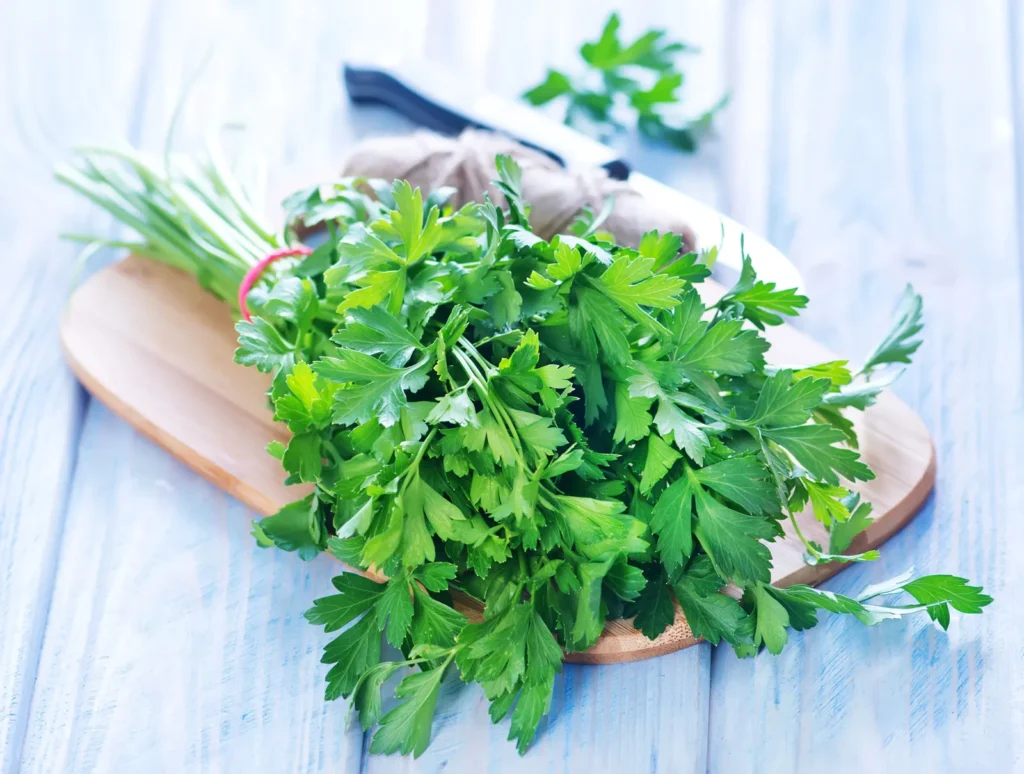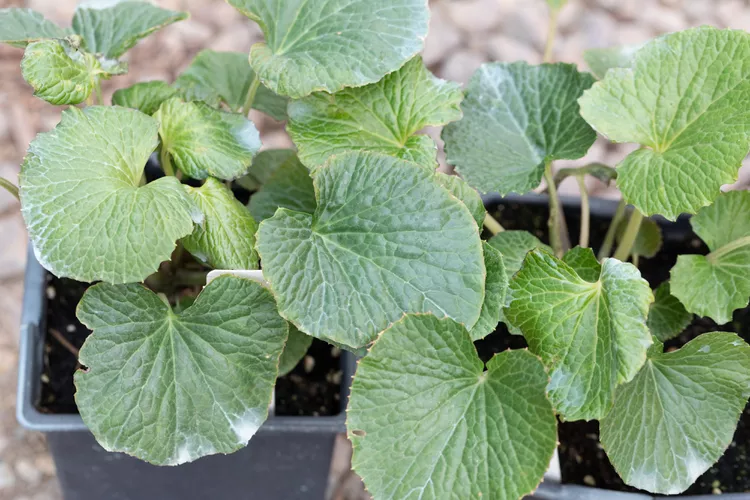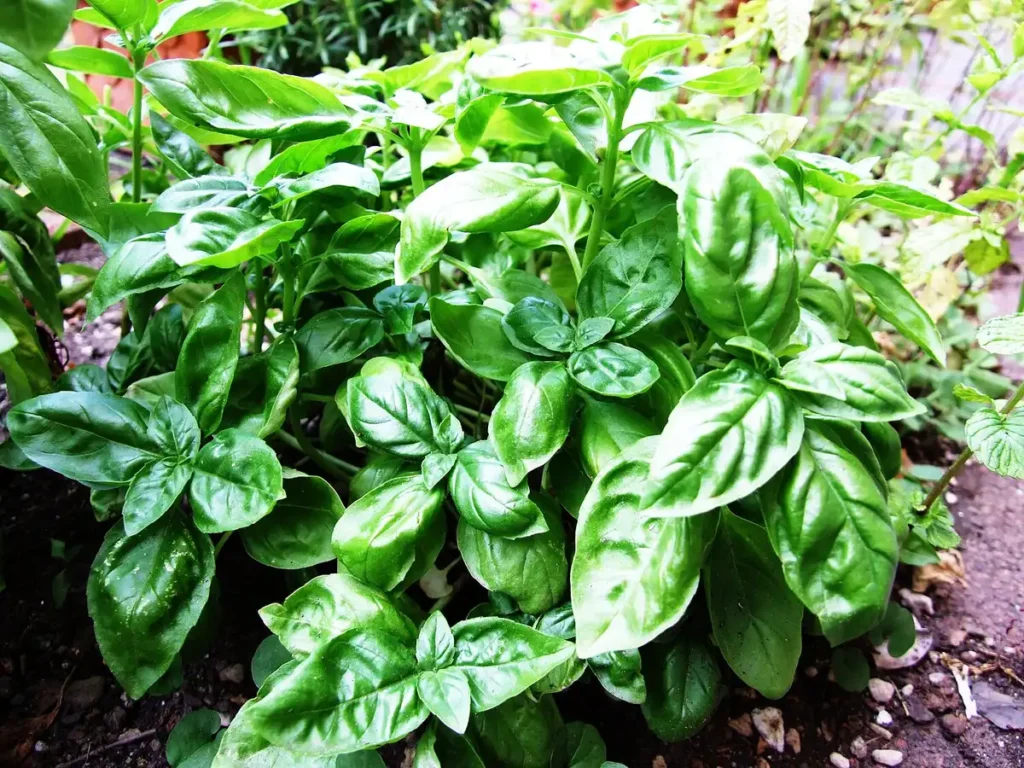
Description
Shallots are similar to garlic in that they reproduce in the ground, but they have concentric layers on each bulb like onions do. Furthermore, shallots have a light onion flavor and are often smaller than garlic bulbs. They are not too difficult to grow. Similar to garlic cloves, they should be sown in the autumn or early spring. Because of their quick growth, they can be harvested in about 100–120 days on average.
Habitat
Shallots are mostly cultivated, especially in the South, as green onions. Although shallot grows well in Florida, southern Louisiana is the primary location for US commercial production.
Uses
One of the most adaptable ingredients you’ll ever find is shallots. Similar to how garlic or onions are sautéed at the start of a recipe, they can be used as aromatics to add flavor to a sautéed dish, stock, or sauce. They can even be roasted whole and eaten as a side dish, just like other vegetables.
Quercetin, a flavonoid found in shallots, increases the strength and decreases the permeability of tiny blood arteries. This compound aids in the prevention of several inflammatory illnesses as well as cerebrovascular disease. It’s also thought that quercetin can help reduce “bad cholesterol” (LDL).

Varieties
Shallots available for garden planting are often categorized into two groups: hybrids produced for superior storage longevity or larger size, and traditional heirloom kinds. Among the varieties of shallots are:
“French Grey”: An heirloom that is flavored for gourmet cuisine and is often regarded as the only true shallot.
“French Red”: An heirloom with a spicy flavor that is simple to peel.
“Frog’s Leg”: An heirloom with a mild flavor whose bulbs are extended like a frog’s leg.
‘Ambition’: A huge French shallot hybrid that keeps very well
‘Conservor’: A larger, less rounded hybrid that is similar to ‘Ambition’
Plant Care
- Light
Grow shallots in full sun, which is defined as at least six hours of direct sunshine most days, for optimal results. While they may not be as resilient, shallots may also withstand some shade.
- Soil
Sow shallots on soil that drains well and is rich in organic materials. The pH of the soil should be between 5.5 and 7.0 to be acidic to neutral.
- Water
Shallots require constant watering during the growing season, particularly in arid periods. Avoid letting the bulbs linger in waterlogged soil since this might lead to their rotting; instead, make sure the soil stays slightly damp. Every week, they require roughly an inch of water.
- Temperature and Humidity
Before they begin to grow, shallots need a chilly, dormant period of at least one month, with temperatures between 32 and 50 degrees Fahrenheit. The ideal range of soil temperatures for shallot plants is 35 to 90 degrees Fahrenheit. Shallots are also not sensitive to humidity as long as they are planted in well-draining soil and given frequent irrigation.
- Fertilizer
Fertilizer is usually not needed for shallots. Composting the soil in the spring, however, can help to improve drainage and contribute nutrients.
Table





